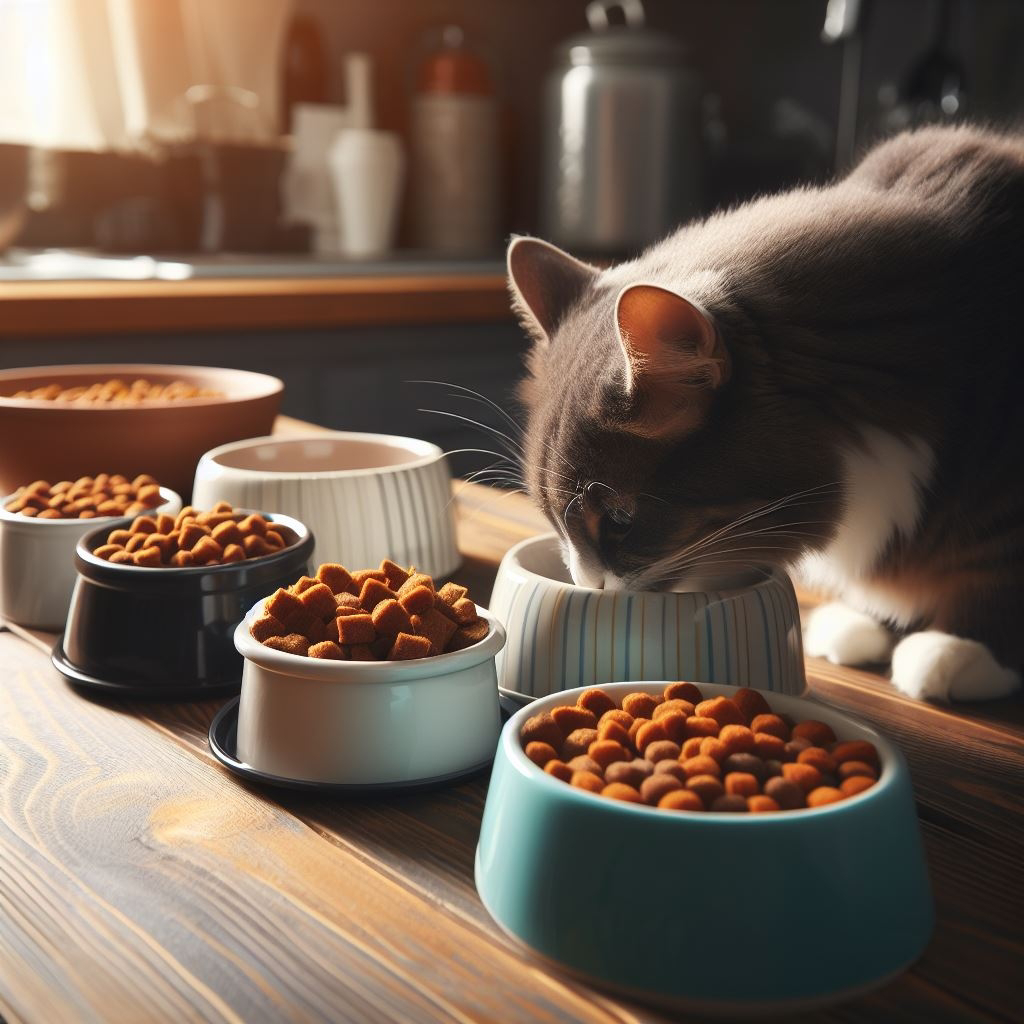what are the signs of cat who is ready for mating?
When a cat is looking for mating, there are several signs to watch for:
1. Vocalizations:
- Female cats in heat often become more vocal, producing distinctive yowls and meows to attract potential mates.
2. Increased Affection:
- Female cats may become unusually affectionate, seeking more attention and physical contact from their owners.
3. Restlessness:
- A cat in heat may exhibit restlessness, pacing around the house and showing signs of heightened energy.
4. Scent Marking:
- Both male and female cats may engage in scent marking during the mating season. This involves rubbing their scent glands on objects to signal their availability.
5. Posturing and Purring:
- Female cats may assume a mating position, crouching down with their hindquarters raised. Purring during this time can also be a sign of receptivity.
6. Male Cat Pursuit:
- Unneutered male cats may become more persistent in their attempts to go outdoors, actively seeking out female cats in heat.
7. Spraying:
- Unspayed female cats and unneutered males may engage in urine spraying as a way to mark territory and attract mates.
8. Excessive Grooming:
- Female cats may groom themselves excessively, paying special attention to their genital area.
It's important to note that these signs are most apparent during the breeding season, and spaying or neutering can help manage these behaviors and prevent unwanted pregnancies. If you're unsure about your cat's behavior or if you're considering breeding, consulting with a veterinarian is recommended for guidance on responsible pet care.
Cats communicate through various vocalizations, each serving a different purpose. Here are some common cat vocalizations and their potential meanings:
1. Meowing:
- Short Meows: Standard greeting or expression of acknowledgment.
- Multiple Meows: Excitement or a request for attention.
- Prolonged Meows: Distress or discomfort, especially if it's unusual for your cat.
2. Purring:
- Content Purring: Usually a sign of comfort and relaxation.
- Sick or Injured Purring: Cats may purr when unwell as a self-soothing mechanism.
3. Hissing and Growling:
- Fear or Aggression: Cats hiss and growl to express fear, discomfort, or as a warning to back off.
4. Chirping or Chattering:
- Observation: Often occurs when a cat is watching birds or prey animals. Some theories suggest it's a frustration response.
5. Yowling:
- Mating Behavior:Female cats in heat and unneutered males may yowl to attract a mate.
- Territorial Disputes: Cats may yowl during conflicts over territory or hierarchy.
6. Trilling:
- Friendliness: Cats may trill to greet their owners or other cats in a friendly manner.
7. Howling:
- Discomfort or Loneliness: Cats may howl if they feel lonely, especially at night.
8. Silent Meowing:
- Communication with Humans:
Some cats learn that silent meows get more attention from humans.
Observing your cat's body language along with vocalizations can provide a more comprehensive understanding of their communication. If you notice significant changes in vocal behavior or are concerned about your cat's well-being, consulting with a veterinarian is recommended.


Comments
Post a Comment